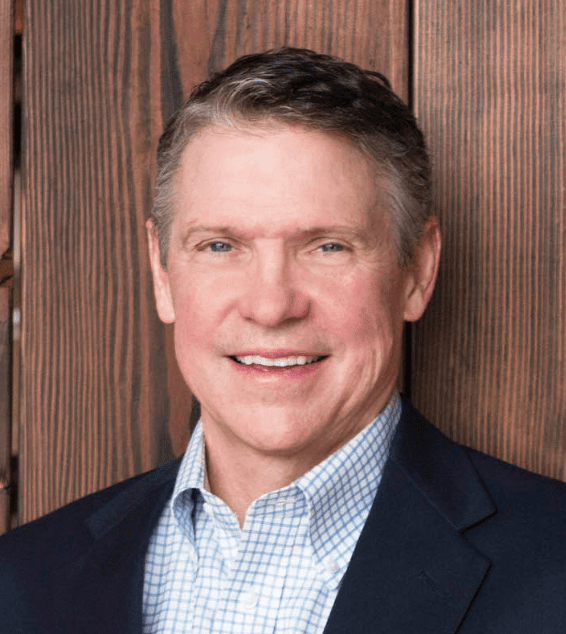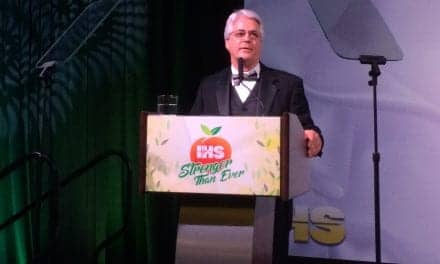
What’s the best way to encourage more patients to walk in the door for initial hearing consultations? It’s a common question, and Dan Quall, MS, a longtime expert in practice management and former owner of a multi-office practice in the Pacific Northwest, believes part of the answer depends on an open and upfront commitment to sharing financing options. If prospective patients know about those options before walking in, all the better.
“I’m not saying highly likely, but certainly more likely to walk in if those issues of access and affordability are addressed prior to the first visit,” says Quall who is director of Strategic Initiatives at Fuel Medical, Camas, Wash. “What is the down side? I can’t imagine a patient saying, ‘You offer financing? I’m not going to come and see you.’”

Planting the seed of possibility is the first crucial step in changing the mindset of potential hearing aid buyers, many of whom have never heard about financing options. “Many people don’t realize they can afford the care that they need,” says Hans Zandhuis, head of Ally Lending. “As hearing care professionals advertise, it’s important that they speak to how consumers can afford the products and services. For our part, we make sure that our approach to offering lending is extremely consumer friendly and consistent with the Ally position of doing right by consumers.”
Issues of price can occasionally be uncomfortable, but Quall contends that patients will embrace the honest approach and ultimately appreciate the chance to pay for things that genuinely enhance their quality of life. “Financing should be a front and center topic,” Quall says. “Let them know you have ways to make care affordable in any electronic media, posters, or cardboard displays. You should be saying, ‘We have programs available that make hearing treatment affordable.’ It’s critical.”

Lenders can work directly with hearing care professionals to promote specific offerings through various channels such as websites or via integrated campaigns. “We’ve integrated welcome kits, brochures, and display pieces with our provider portal,” says Chris Klemick, head of Enterprise Healthcare Sales at Ally Lending. “Audiologists and hearing aid specialists are also able to fulfill and manage promotions on their own through our portal as well. We provide snippets that they can post on their website, along with all the necessary terms and disclosures.”
“It’s really important you get patients on the same side of the table with you to talk about what makes financial sense,” Quall adds. “If you do not have financing, or a form of financing as one of your options, you are going to lose a percentage of your patients. Look at the dental industry. They use financing all the time.”
Beyond electronic media, cardboard displays, and posters, it’s possible to bring up financing during initial verbal conversations. The key is to comply with rules and regulations, and don’t improvise. Quall puts it this way: “Planned appropriately, and in the right context, it’s totally appropriate to have that conversation, but it must be practiced and scripted. If I’m the front office person, and somebody calls in who is a price shopper, they are trying to compare. I think it’s totally appropriate to say, ‘We have a lot of different financing options available for our patients.’”
Partnerships between lenders and hearing care professionals can ensure that proper information is relayed to consumers with specific loan possibilities, such as low-interest loans that can work over 24, 36, 48, or 60 months. “Successful hearing care providers understand how to position financing as the ability to move forward with an improved quality of life,” Klemick says, “which is being able to hear well on a daily basis.”
For more information about Ally Financial lending options with hearing aids, visit: https://www.ally.com/consumer-financing/healthcare/
About the author: Greg Thompson is a freelance writer and a former editor of Physical Therapy Products and other publications. He is based in Loveland, Colo.





